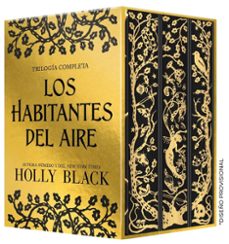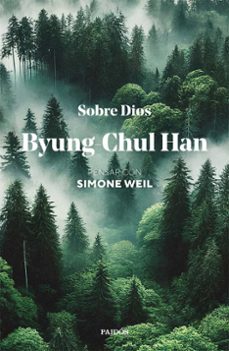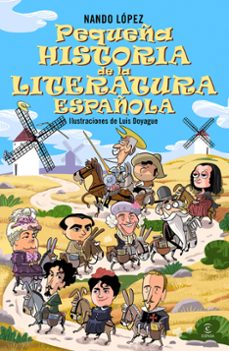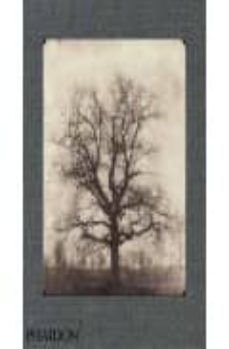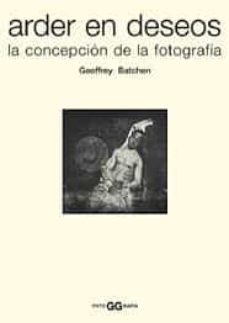Imprescindibles
Más vendidos Libros más leídos eBooks más leídos Todos los libros Todos los libros Autores destacados Series y sagas
Recomendados Libros recomendados Autores destacados Libros que inspiran Vidas con historia LGTBIQ+ English books
Ficción
Literatura Contemporánea Estudios literarios Clásicos Cuentos Poesía Teatro Libros de bolsillo Sagas literarias
Géneros literarios Novela romántica y erótica Novela negra Novela histórica Narrativa fantástica Novela de ciencia ficción Novela de terror Narrativa de humor Narrativa de viajes
No Ficción
Ciencias y tecnología Biología Ciencias Ciencias naturales Divulgación científica Informática Ingeniería Matemáticas Medicina Salud y dietas Formación Idiomas Estilo de vida Libros de Cocina Guías de viaje Narrativa de viajes Deportes Libros de Juegos Manualidades
Humanidades Autoayuda y espiritualidad Ciencias humanas Derecho Economía y Empresa Psicología y Pedagogía Filosofía Sociología Filología Biblioteconomía Estudios filológicos Estudios lingüísticos Estudios literarios Historia y crítica de la Literatura
Infantil
Juvenil
#Jóvenes lectores Narrativa juvenil Clásicos adaptados Libros Wattpad Libros Booktok Libros de influencers Libros de Youtubers Libros Spicy Juveniles Libros LGTBIQ+ Temas sociales Libros ciencia ficción Libros de acción y aventura Cómic y Manga Juvenil Cómic Juvenil Manga Shonen Manga Shojo Autores destacados Jennifer L. Armentrout Eloy Moreno Nerea Llanes Hannah Nicole Maehrer
Libros de fantasía Cozy Fantasy Dark academia Hadas y Fae Romantasy Royal Fantasy Urban Fantasy Vampiros y hombres lobo Otros Misterio y terror Cozy mistery Policiaca Spooky Terror Thriller y suspense Otros
Libros románticos y de amor Dark Romance Clean Romance Cowboy Romance Mafia y amor Romance dramatico Romance dramatico Romcom Sport Romance Otros Clichés Enemies to Lovers Friends to Lovers Hermanastros Slow Burn Fake Dating Triángulo amoroso
Cómic y Manga
Novela gráfica Novela gráfica americana Novela gráfica europea Novela gráfica de otros países Personajes, series y sagas Series y sagas Star Wars Superhéroes Cómics DC Cómics Marvel Cómics otros superhéroes Cómics Valiant
eBooks
Literatura Contemporánea Narrativa fantástica Novela de ciencia ficción Novela de terror Novela histórica Novela negra Novela romántica y erótica Juvenil Más de 13 años Más de 15 años Infantil eBooks infantiles
Humanidades Autoayuda y espiritualidad Ciencias humanas Economía y Empresa Psicología y Pedagogía Filosofía Historia Historia de España Historia Universal Arte Cine Música Historia del arte
Ciencia y tecnología Ciencias naturales Divulgación científica Medicina Salud y dietas Filología Estudios lingüísticos Estudios literarios Historia y crítica de la Literatura Estilo de vida Cocina Guías de viaje Ocio y deportes
GEOFFREY BATCHEN
Recibe novedades de GEOFFREY BATCHEN directamente en tu email
Filtros
Del 1 al 2 de 2
PHAIDON PRESS LIMITED 9780714841984
William Henry Fox Talbot (1800-77) is widely considered to be the father of modern photography, having developed the process by which photographic images could be reproduced. However, he has yet to be sufficiently appreciated as a photographer in his own right. Over the course of his photographic career, he has made more than 5,000 images that include fascinating pictures of his home, Lacock Abbey, portraits of family and friends, and still lifes of botanical specimens, cloth, and household objects. A key intellectual figure of the nineteenth century in science, mathematics, astronomy, politics, and archaeology, Talbot is arguably the most important figure in the invention of photography. His practice established many of the medium's most familiar genres. Talbot was devoted to the advancement of photography, publishing the first photographically illustrated book, The Pencil of Nature (1844-46), which revealed the potential of the medium to a wider audience. This new monograph features many of Talbot's best-known landscapes made around Lacock Abbey and some of the first negatives ever made. It also includes lesser-known and previously unpublished work that reveals the extraordinarily diverse scope of his work. His photographs reflect and embody the social and cultural issues of the time, but they are also fascinating, often beautiful images that are still as engaging today as they were nearly 200 years ago.
Ver más
Tapa blanda
EDITORIAL GG 9788425215346
En una carta de 1828 a su socio, Nicephore Niepce, Louis Daguerre escribió: "Ardo en deseos de ver tus experimentos tomados de la naturaleza". Arder en deseos. La concepción de la fotografía analiza la aparicion del deseo de fotografiar en los circulos filosoficos y cientificos que precedieron a la verdadera invencion de la fotografia. Las interpretaciones recientes de la identidad de la fotografia establecen una diferenciacion entre el punto de vista posmoderno, segun el cual toda identidad esta determinada por el contexto y, por otra parte, un esfuerzo formalista por definir las caracteristicas fundamentales del medio fotografico. Geoffrey Batchen critica ambos enfoques mediante un exhaustivo analisis de la concepcion de la fotografia a finales del siglo XVIII y principios del siglo XIX. En primer lugar examina la produccion de los diversos candidatos a "primer fotografo" y luego incorpora esta informacion a una modalidad de critica historica influida por la obra de los filosofos Michael Foucault y Jacques Derrida. El resultado es una forma de reflexion sobre la fotografia que concuerda convincentemente con su innegable complejidad conceptual, politica e historica como medio.
Ver más
Tapa blanda
Del 1 al 2 de 2


